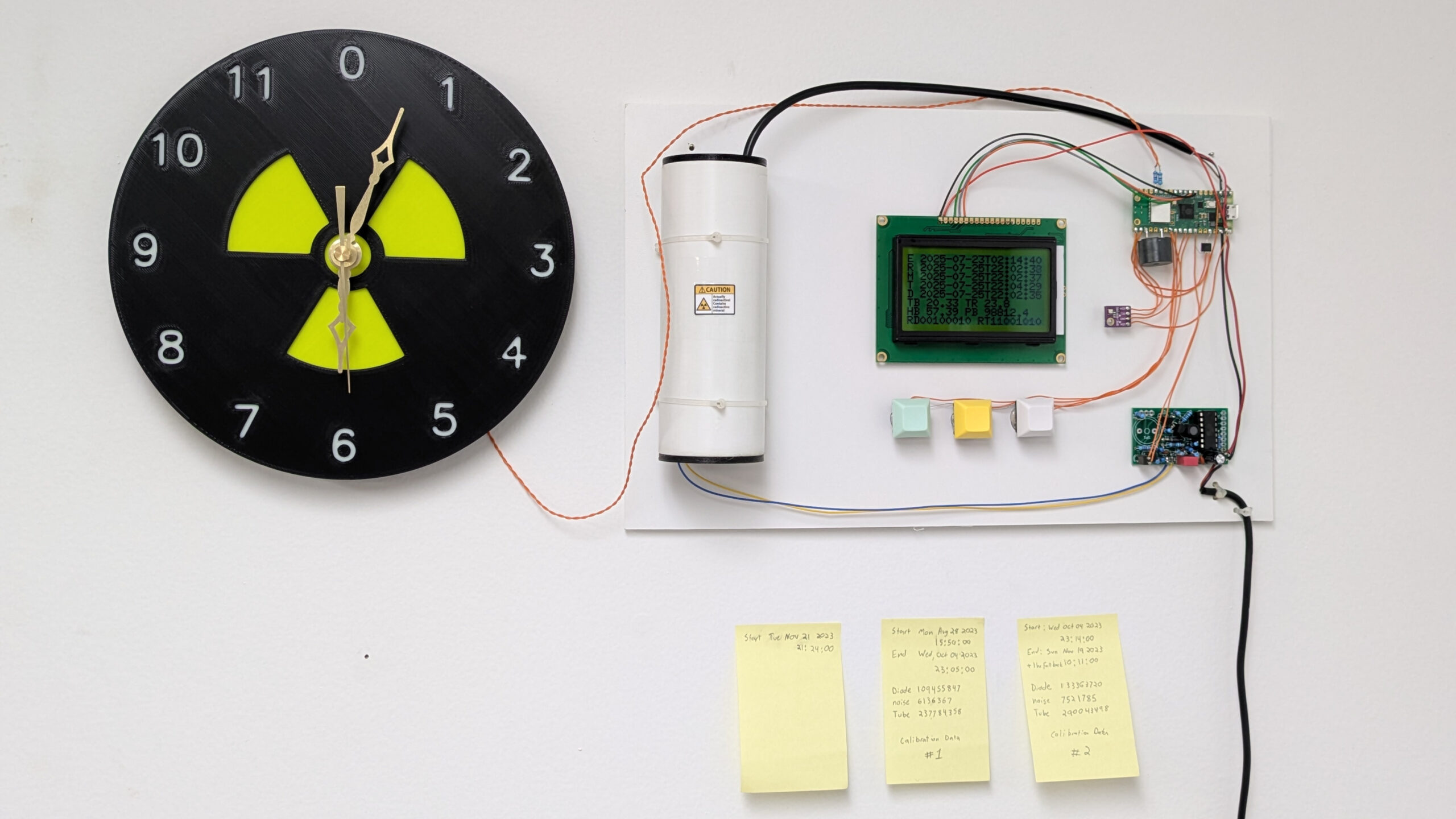Technology
Innovator Develops Unique Atomic Clock for 2025 One Hertz Challenge

A new type of atomic clock designed to measure radioactive decay has been developed by innovator alnwlsn. This unique timepiece is participating in the upcoming 2025 One Hertz Challenge, showcasing a novel approach to timekeeping that diverges from traditional atomic clocks.
A Shift in Timekeeping Technology
Atomic clocks have long been the gold standard for precise timekeeping, relying on the regularity of atomic transitions. They function by stimulating a gas with a radio signal at a specific frequency, allowing for high accuracy and precision. Over the years, advancements have improved their performance, with leading models achieving near-perfect timing. For instance, a modern Rubidium atomic clock is typically accurate to less than six milliseconds over extended periods, while the National Institute of Standards and Technology (NIST) Strontium clock boasts an accuracy within just 6.67×10-11 seconds.
In contrast, alnwlsn sought to create a clock that directly measures the byproducts of radioactive decay. Many conventional radioactive materials have long half-lives, making them unsuitable for short-term time measurement. Instead, he focused on the emitted particles from decay processes.
Innovative Design and Functionality
The innovative clock uses a microcontroller to track the emissions from a Geiger-Müller tube, counting the particles emitted during decay. This counting process is then used to calculate elapsed time based on a calibration factor that represents expected emissions per second. Although this method is not highly accurate for short durations, it becomes reliable over time.
After a continuous operation of one year, the clock maintained an error margin of just 26 minutes, averaging a deviation of approximately 4.4 seconds per day. While this performance is not as precise as other atomic clocks, it surpasses many traditional mechanical wristwatches.
What sets this clock apart is not only its functionality but also its aesthetic appeal. alnwlsn designed a traditional clock face with hands, departing from the typical digital displays found in most modern timekeeping devices. Additionally, it features a status page, allowing users to monitor its performance.
As the 2025 One Hertz Challenge approaches, this unique atomic clock stands out as a compelling entry, marking a significant development in the field of timekeeping. By redefining what an atomic clock can be, alnwlsn contributes to the ongoing evolution of technology that underpins our understanding of time.
-

 Technology5 months ago
Technology5 months agoDiscover the Top 10 Calorie Counting Apps of 2025
-

 Health2 months ago
Health2 months agoBella Hadid Shares Health Update After Treatment for Lyme Disease
-

 Health3 months ago
Health3 months agoErin Bates Shares Recovery Update Following Sepsis Complications
-

 Technology4 months ago
Technology4 months agoDiscover How to Reverse Image Search Using ChatGPT Effortlessly
-

 Technology1 month ago
Technology1 month agoDiscover 2025’s Top GPUs for Exceptional 4K Gaming Performance
-

 Technology2 months ago
Technology2 months agoElectric Moto Influencer Surronster Arrested in Tijuana
-

 Technology5 months ago
Technology5 months agoMeta Initiates $60B AI Data Center Expansion, Starting in Ohio
-

 Technology5 months ago
Technology5 months agoRecovering a Suspended TikTok Account: A Step-by-Step Guide
-

 Health4 months ago
Health4 months agoTested: Rab Firewall Mountain Jacket Survives Harsh Conditions
-

 Lifestyle5 months ago
Lifestyle5 months agoBelton Family Reunites After Daughter Survives Hill Country Floods
-

 Technology4 months ago
Technology4 months agoHarmonic Launches AI Chatbot App to Transform Mathematical Reasoning
-

 Technology3 months ago
Technology3 months agoUncovering the Top Five Most Challenging Motorcycles to Ride















